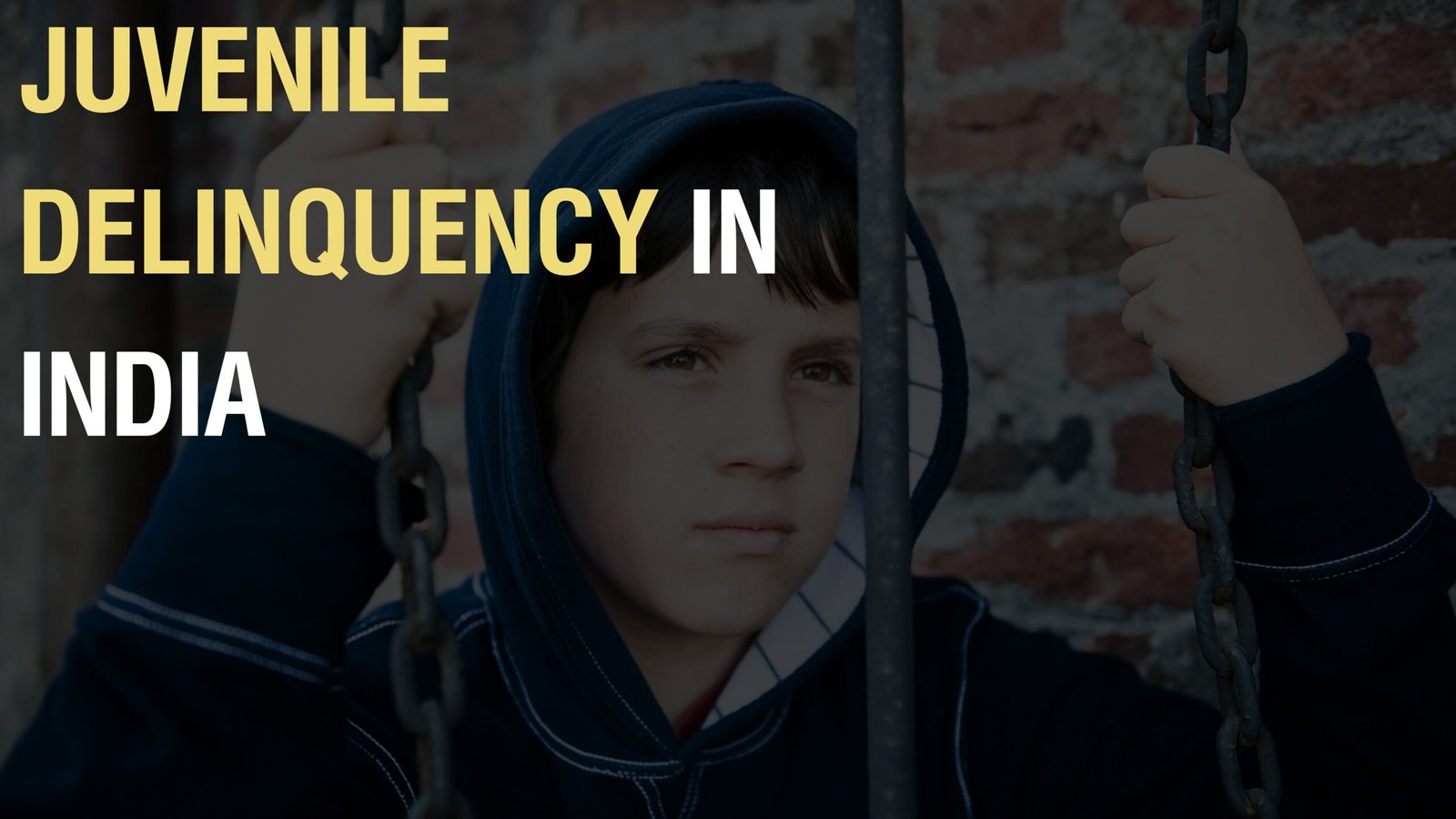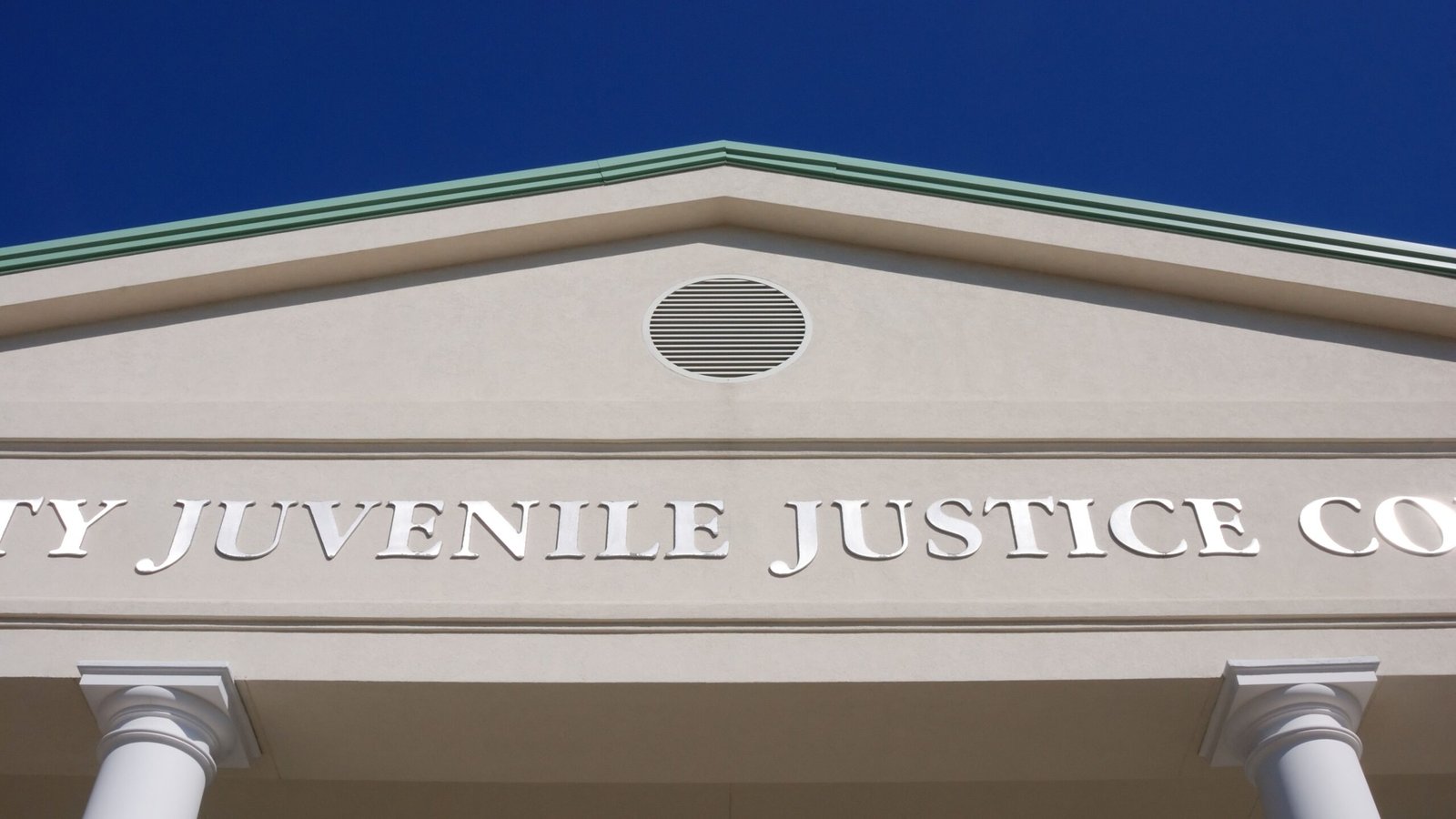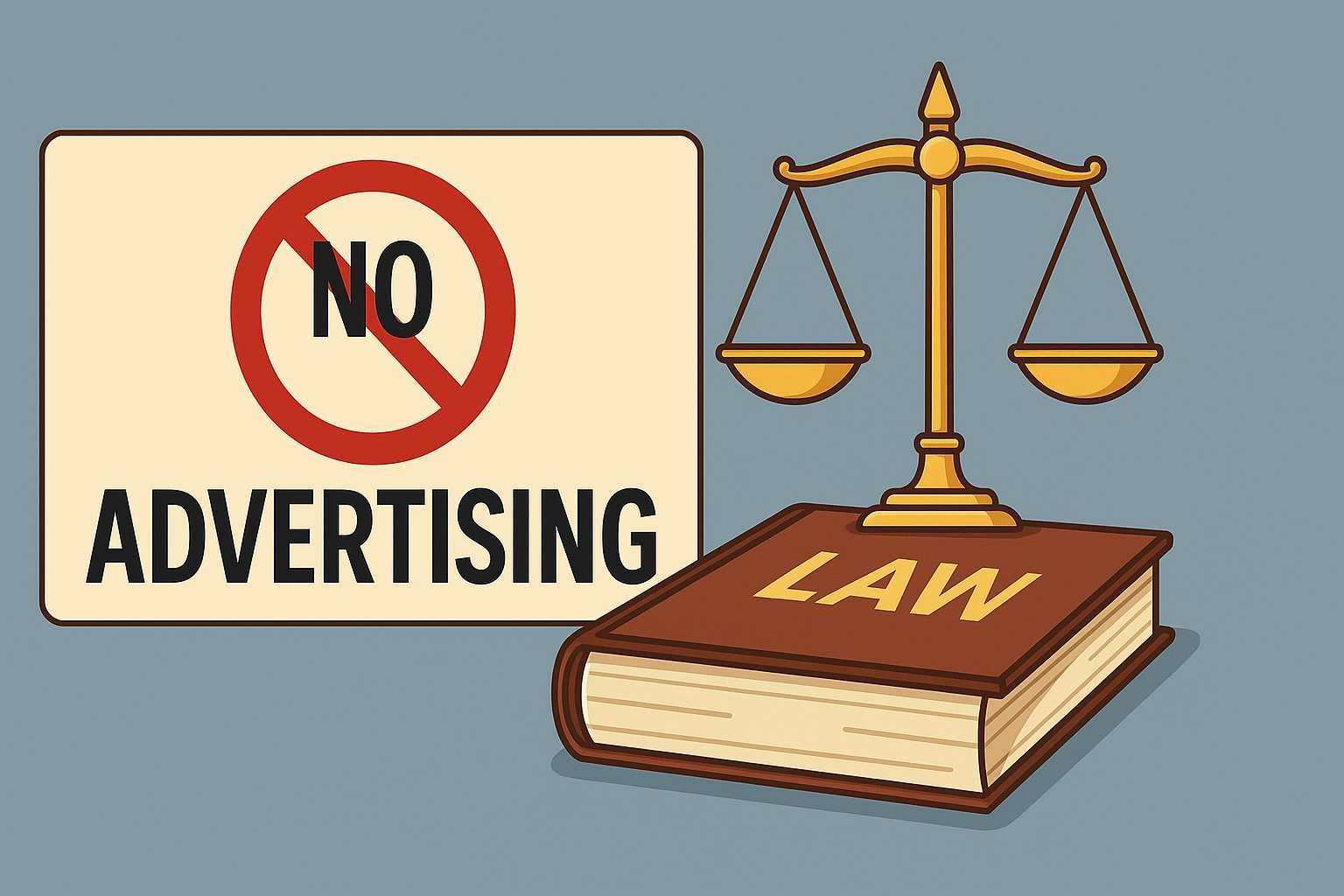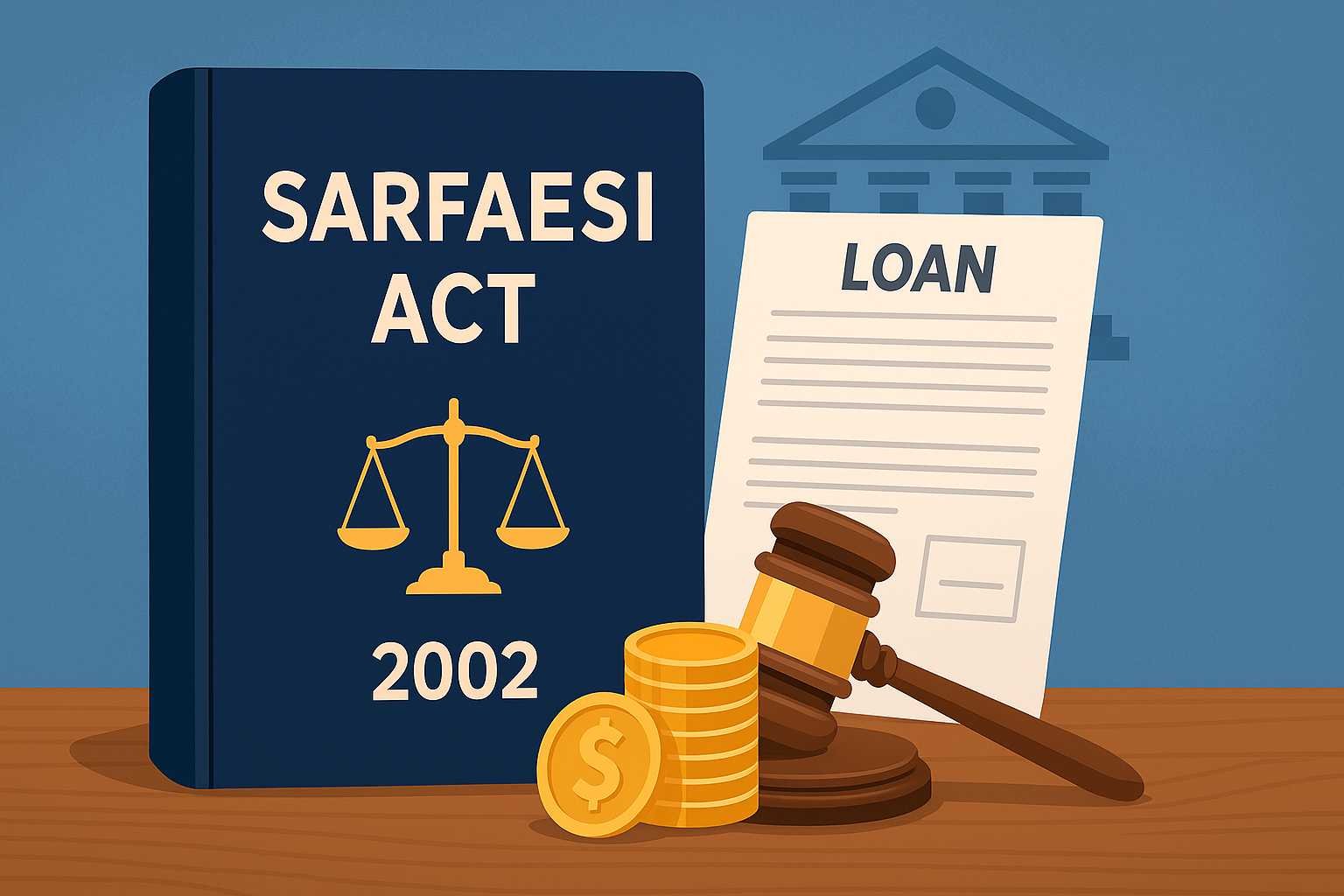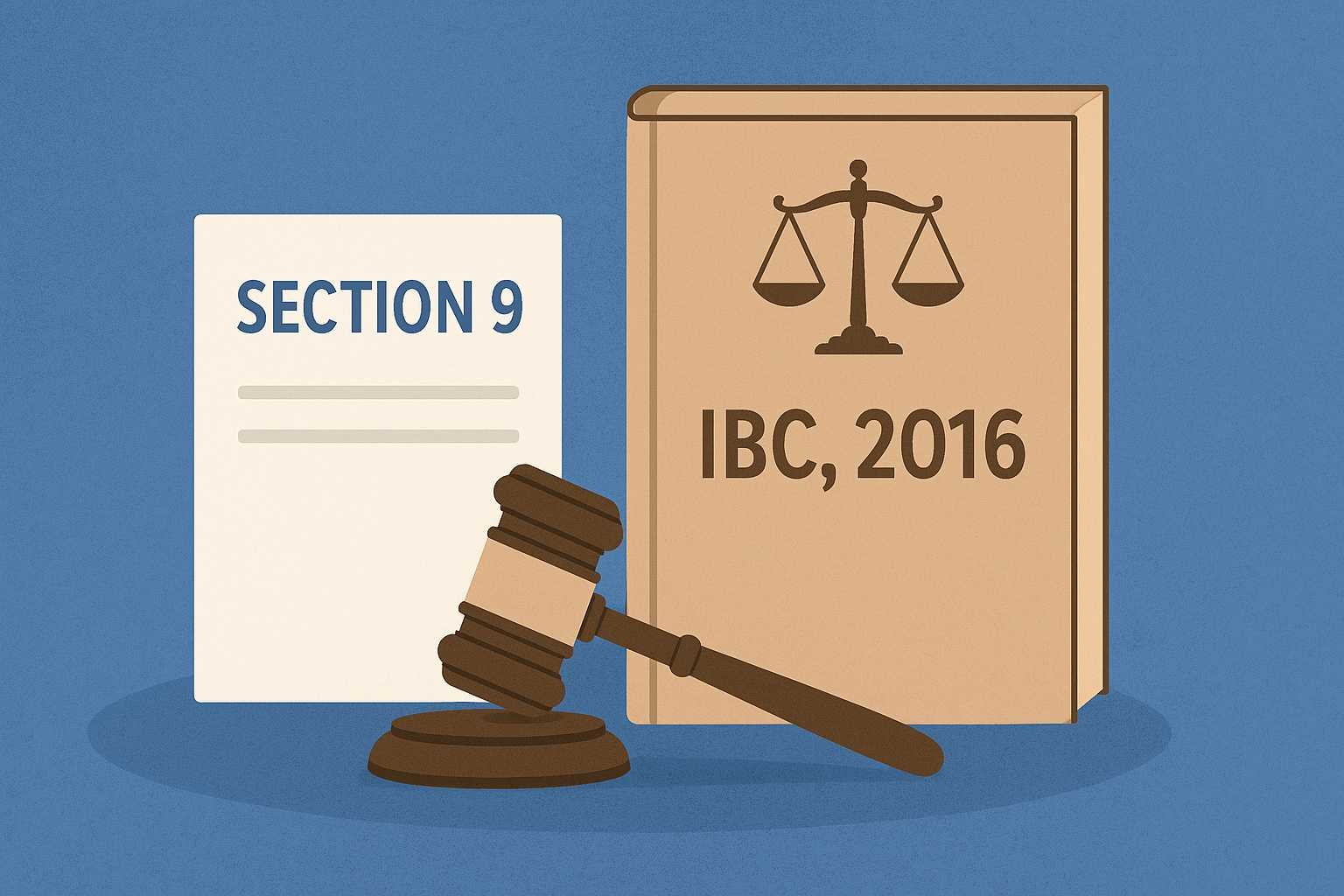On this page you will read detailed information about Juvenile Delinquency in India.
As you delve into the complex issue of juvenile delinquency in India, you’ll uncover a multifaceted problem with far-reaching societal implications. This article examines the root causes, current trends, and potential solutions to address youth crime in the world’s largest democracy. You’ll gain insight into how factors like poverty, lack of education, and family dysfunction contribute to delinquent behavior among Indian youth. By understanding the unique cultural and socioeconomic context, you’ll be better equipped to analyze policy approaches and intervention strategies aimed at rehabilitating young offenders and preventing future criminal activity. Join us as we explore this critical challenge facing India’s next generation.
What is Juvenile Delinquency?
Juvenile delinquency refers to the participation of minors, typically under the age of 18, in illegal activities or antisocial behavior that deviates from societal norms. This phenomenon is a growing concern in India, with an increasing number of juveniles coming into conflict with the law in recent years.
Definition and Scope
Juvenile delinquency encompasses a wide range of behaviors, from minor infractions to serious crimes. These may include running away from home, using vulgar language, engaging in sexual offenses, or frequenting gambling centers. The term also applies to actions that are considered dangerous to both society and the juveniles themselves.
Legal Framework in India
In India, the legal system addressing juvenile delinquency is governed by the Juvenile Justice (Care and Protection of Children) Act, 2015. This legislation emphasizes care and rehabilitation over punitive measures, recognizing the unique needs and circumstances of young offenders.
Causes and Contributing Factors
The roots of juvenile delinquency are complex and multifaceted. Some key factors include:
- Individual factors: Lower intelligence, lack of education, impulsive behavior, and mental health issues
- Family factors: Neglect, abuse, lack of parental supervision, and parents’ disrespect for law and social norms
- Social factors: Peer pressure, drug abuse, and gang culture
- Economic factors: Poverty and lack of access to education and job opportunities
Understanding these underlying causes is crucial for developing effective prevention and intervention strategies. By addressing these root issues, society can work towards reducing the incidence of juvenile delinquency and supporting the healthy development of young individuals.
Causes of Juvenile Delinquency in India
Socioeconomic Factors
Poverty plays a significant role in driving juvenile delinquency in India. The inability to access basic necessities like food, shelter, and clothing can push young individuals towards criminal activities as a means of survival. This economic desperation often leads to petty crimes such as theft or involvement in child labor. Additionally, the lack of quality education and high dropout rates deprive youth of intellectual and social development opportunities, further increasing their vulnerability to delinquent behavior.
Family and Social Dynamics
Family issues, such as ongoing feuds, neglect, and lack of proper parental supervision, can significantly impact a child’s development. The absence of a stable home environment and proper guidance can lead juveniles to seek validation and support from negative influences. Moreover, the widening generation gap between parents and children can cause youth to detach themselves from family values, potentially developing amoral tendencies that contribute to delinquent behavior.
Substance Abuse and Media Influence
Substance abuse is a major factor in juvenile delinquency, with young people using more potent drugs at increasingly younger ages. This can lead to impaired judgment and involvement in destructive or illegal activities. Additionally, exposure to media and digital content that glorifies violence or criminal behavior can shape the perceptions and actions of impressionable youth, potentially normalizing delinquent behavior in their minds.
Biological and Psychological Factors
Individual factors such as lower intelligence, impulsive behavior, and mental health issues can contribute to juvenile delinquency. These inherent traits may make it challenging for some young people to control their actions or fully comprehend the consequences of their behavior. Furthermore, biological changes during puberty, particularly in girls, can lead to curiosity about sexual matters that, if not properly addressed by parents and educators, may result in risky or delinquent behavior.
Statistics on Juvenile Crime Rates in India
Overall Trends
Recent data from the National Crime Records Bureau (NCRB) reveals a significant decline in juvenile crime rates across India. Between 2013 and 2022, the number of reported crimes committed by juveniles decreased by 30%, dropping from 43,506 to 30,555 cases. This downward trend was observed in both Indian Penal Code (IPC) violations and Special and Local Laws (SLL) infractions.
State-wise Analysis
While the national trend shows a decrease, certain states continue to grapple with higher juvenile crime rates. Maharashtra and Madhya Pradesh topped the list, each reporting over 50,000 juvenile crimes between 2013 and 2022. When adjusted for child population, Madhya Pradesh, Chhattisgarh, Maharashtra, Haryana, and Tamil Nadu emerged as the states with the highest juvenile crime rates.
Types of Offenses
In 2016, theft was the most common offense among juveniles, with 7,717 reported incidents. More recent data from Delhi, which ranked 6th nationally in juvenile crime cases, provides insight into the types of offenses committed. In 2022, Delhi reported 92 murders, 154 attacks, and over 286 other assault cases committed by minors. Theft remained the most prevalent crime with 866 cases, followed by robbery with 235 cases.
Contrasting Trends
Interestingly, while juvenile crime rates have decreased, crimes against children have surged by 81% from 89,423 in 2014 to 162,449 in 2022. This contrasting trend underscores the complex nature of youth-related issues in India and highlights the need for comprehensive strategies to address both juvenile delinquency and the protection of minors.
Issues with the Juvenile Justice System
Inadequate Infrastructure and Resources
The juvenile justice system in India faces significant challenges due to a lack of proper infrastructure and resources. According to a recent analysis, insufficient facilities and poorly trained staff hinder the effective implementation of juvenile justice laws. This shortage of resources often leads to overcrowding in juvenile homes and inadequate rehabilitation services, undermining the system’s primary goal of reforming and reintegrating young offenders into society.
Inconsistent Implementation and Delays
Another critical issue plaguing the juvenile justice system is the inconsistent implementation of laws across different states. As highlighted by legal experts, there is a lack of clarity in the roles and responsibilities of various stakeholders, leading to confusion and inefficiency. Moreover, delays and pendency in cases involving children defeat the purpose of speedy justice, further exacerbating the problems within the system.
Inadequate Training and Accountability
The juvenile justice system also suffers from a lack of proper training and accountability for authorities involved. A comprehensive study reveals that police officers and staff at observation homes and rehabilitation centers often lack the necessary skills to handle juvenile cases effectively. This deficiency can result in the abuse of juveniles and poor living conditions in these facilities. Additionally, the absence of accountability measures for parents, guardians, or authorities in preventing or addressing juvenile crimes further weakens the system’s effectiveness.
Socioeconomic Factors and Limited Scope
The juvenile justice system struggles to address the underlying socioeconomic factors contributing to juvenile delinquency. Poverty, lack of education, and family breakdown play substantial roles in driving youth towards criminal activities. Furthermore, the current system’s limited scope, primarily focusing on children in conflict with the law, neglects other vulnerable groups that require attention and support.
Case Studies of Notorious Juvenile Criminals
The Renuka Shinde and Seema Gavit Case
One of India’s most shocking cases of juvenile crime involved sisters Renuka Shinde and Seema Gavit. Between 1990 and 1996, these young women were involved in a series of kidnappings, murders, and thefts across Maharashtra. Despite being juveniles when their crime spree began, the severity of their offenses led to them being tried as adults. The sisters, along with an accomplice, kidnapped and murdered several young children, often using them for petty theft before disposing of their bodies. This case highlighted the need for reforms in India’s juvenile justice system to address violent crimes committed by minors.
Amarjeet Sada: India’s Youngest Serial Killer
In a chilling case that shocked the nation, Amarjeet Sada gained notoriety as India’s youngest serial killer at the age of seven. Sada’s crimes included the murders of his 6-month-old cousin, his newborn sister, and an 8-month-old girl from his village. Psychiatrists diagnosed him with a severe conduct disorder, characterized by a chemical imbalance in his brain that led to gratification from inflicting harm on others. This case raised important questions about the role of mental health in juvenile crimes and the challenges of rehabilitating young offenders with severe psychological issues.
The Delhi Gang Rape Case: A Turning Point
The 2012 Delhi gang rape case, which involved a juvenile offender, became a catalyst for change in India’s approach to juvenile justice. The brutality of the crime and the age of one of the perpetrators sparked nationwide debates about the adequacy of existing laws in dealing with serious offenses committed by minors. This case led to significant amendments in India’s juvenile justice system, including provisions for trying 16-18 year-olds accused of heinous crimes as adults. It underscored the complex balance between rehabilitation and punishment in addressing juvenile delinquency.
In the previous post, we had shared information about Examining India Juvenile Justice System And Its Efficacy, so read that post also.
Preventing Juvenile Delinquency in Communities
Community-Based Interventions
Preventing juvenile delinquency requires a multi-faceted approach that engages the entire community. According to the Office of Juvenile Justice and Delinquency Prevention (OJJDP), successful prevention strategies often involve comprehensive, culturally relevant support systems. You can start by implementing community-based programs that focus on early intervention and youth engagement. These initiatives might include after-school activities, mentorship programs, and family support services.
Education and Awareness Programs
Education plays a crucial role in delinquency prevention. Research suggests that lack of education is a significant factor contributing to juvenile crime. You should advocate for and support programs that improve access to quality education and vocational training. Additionally, organize awareness campaigns to educate both youth and adults about the consequences of delinquent behavior and the importance of positive life choices.
Addressing Root Causes
To effectively prevent juvenile delinquency, it’s essential to address the underlying socioeconomic factors. Studies indicate that poverty, substance abuse, and domestic violence are key contributors to youth crime. You should work with local authorities and social services to implement programs that tackle these issues. This might include substance abuse prevention initiatives, family counseling services, and economic empowerment programs for disadvantaged communities.
Collaboration and Resource Sharing
Prevention efforts are most effective when there’s collaboration between various stakeholders. The Tribal Law and Policy Institute emphasizes the importance of resource-sharing strategies in reducing juvenile delinquency. You can facilitate partnerships between schools, law enforcement agencies, social services, and community organizations to create a comprehensive support network for at-risk youth. By pooling resources and expertise, you can develop more robust and sustainable prevention programs.
Rehabilitation Programs for Juvenile Offenders
Focus on Reform and Reintegration
Rehabilitation programs for juvenile offenders in India aim to address the root causes of delinquency and support young offenders’ reintegration into society. These programs are crucial for reducing recidivism rates and helping juveniles become productive members of their communities. The Juvenile Justice (Care and Protection of Children) Act, 2015 provides the legal framework, emphasizing rehabilitation over punishment.
Key Components of Rehabilitation
Effective rehabilitation programs incorporate several essential elements:
- Education and skill-building opportunities
- Psychological counseling and emotional support
- Vocational training for future employment
- Family involvement and community engagement
The rehabilitation process typically involves formulating an individual child care plan based on factors such as age, gender, family background, and case history. This tailored approach ensures that each juvenile’s unique needs are addressed.
Challenges and Opportunities
Despite the importance of these programs, the reality of the rehabilitation system in India faces significant challenges. Issues include inadequate infrastructure, lack of trained personnel, and insufficient coordination between stakeholders. However, there are opportunities for improvement, such as:
- Investing in community-based interventions
- Leveraging technology for remote rehabilitation services
- Promoting restorative justice approaches
Successful programs like the Udaan Rehabilitation Program and the Bal Sahyog Juvenile Rehabilitation Center demonstrate the potential for positive outcomes when best practices are implemented.
Collaborative Efforts and Future Directions
Government agencies, NGOs, and voluntary organizations work together to implement rehabilitation programs, provide financial assistance, and monitor juveniles’ progress after release. Moving forward, there is a need for a comprehensive approach that addresses socioeconomic disparities, enhances access to education and vocational training, and fosters greater community engagement. By focusing on prevention, early intervention, and effective rehabilitation, India can strengthen its juvenile justice system and provide better support for young offenders.
Juvenile Delinquency Laws and Policies in India
The Juvenile Justice Act: A Cornerstone of Reform
India’s approach to juvenile delinquency has evolved significantly over the years, with the Juvenile Justice (Care and Protection of Children) Act, 2015 serving as the cornerstone of current policy. This legislation provides a unified framework for dealing with juveniles under 18 years of age, emphasizing care, protection, and rehabilitation. The Act establishes key institutions such as the Juvenile Justice Board and introduces the “Child Friendly Justice Scheme” to ensure a supportive environment for young offenders.
Age Considerations and Court Jurisdiction
One of the critical aspects of juvenile justice in India is the determination of age limits. The 1973 Code of Criminal Procedure confines juvenile court jurisdiction to youths under 16 years old for most offenses, while the Central Children Act of 1960 extends this to 18 for girls. However, these age limits can vary across different states, highlighting the complex nature of juvenile law implementation in India’s federal system.
Recent Developments and Challenges
In recent years, India has seen an increase in juvenile crimes, with states like Maharashtra, Madhya Pradesh, and Delhi reporting high numbers of cases. This trend has led to amendments in the law, including the controversial 2015 provision allowing juveniles aged 16-18 involved in heinous crimes to be tried as adults. While aimed at addressing serious offenses, this change has faced criticism for potentially violating constitutional and child rights principles.
Prevention and Rehabilitation Efforts
The Indian juvenile justice system emphasizes prevention and rehabilitation over punitive measures. Initiatives include providing quality education, recreational activities, and community service programs to engage and reform juvenile delinquents. However, challenges persist, including inadequate infrastructure, insufficient resources, and a need for better training of authorities involved in juvenile cases. Addressing these issues is crucial for the effective implementation of juvenile justice policies and the reduction of youth crime in India.
FAQs On Juvenile Delinquency
Juvenile delinquency refers to criminal or antisocial behavior committed by minors under the age of 18. According to the Geeks for Geeks website, it encompasses a range of illegal acts and status offenses that would be considered crimes if committed by adults. While juvenile delinquency is not a major social problem in India, with only about 3% of all crimes committed by juveniles, it remains a concern for families, communities, and the justice system.
Several factors contribute to juvenile delinquency, including:
1. Family issues and dysfunctional home environments
2. Poverty and socioeconomic disadvantages
3. Substance abuse and addiction
4. Child labor and exploitation
5. Traumatic experiences or exposure to violence
6. Biological and psychological factors
Research indicates that changing lifestyle patterns and peer influence also play significant roles in delinquent behavior among youth.
India has implemented several measures to address juvenile delinquency and promote rehabilitation:
1. The Juvenile Justice (Care and Protection of Children) Act, 2015, which aims to protect children’s rights and facilitate their rehabilitation.
2. Observation homes for better treatment during inquiry or trial.
3. Special homes for social reintegration of juvenile offenders.
4. Children’s homes for care, protection, and skill development.
5. Aftercare programs to help juveniles transition back into society.
These initiatives focus on rehabilitating young offenders rather than punitive measures, recognizing them as victims of circumstances rather than hardened criminals.
Disclaimer
The information and services on this website are not intended to and shall not be used as legal advice. You should consult a Legal Professional for any legal or solicited advice. While we have good faith and our own independent research to every information listed on the website and do our best to ensure that the data provided is accurate. However, we do not guarantee the information provided is accurate and make no representation or warranty of any kind, express or implied, regarding the accuracy, adequacy, validity, reliability, availability, or completeness of any information on the Site. UNDER NO CIRCUMSTANCES SHALL WE HAVE ANY LIABILITY TO YOU FOR ANY LOSS OR DAMAGE OF ANY KIND INCURRED AS A RESULT OR RELIANCE ON ANY INFORMATION PROVIDED ON THE SITE. YOUR USE OF THE SITE AND YOUR RELIANCE ON ANY INFORMATION ON THE SITE IS SOLELY AT YOUR OWN RISK. Comments on this website are the sole responsibility of their writers so the accuracy, completeness, veracity, honesty, factuality and politeness of comments are not guaranteed.
So friends, today we talked about Juvenile Delinquency in India, hope you liked our post.
If you liked the information about Juvenile Delinquency in India, then definitely share this article with your friends.
Knowing about laws can make you feel super smart ! If you find value in the content you may consider joining our not for profit Legal Community ! You can ask unlimited questions on WhatsApp and get answers. You can DM or send your name & number to 8208309918 on WhatsApp

